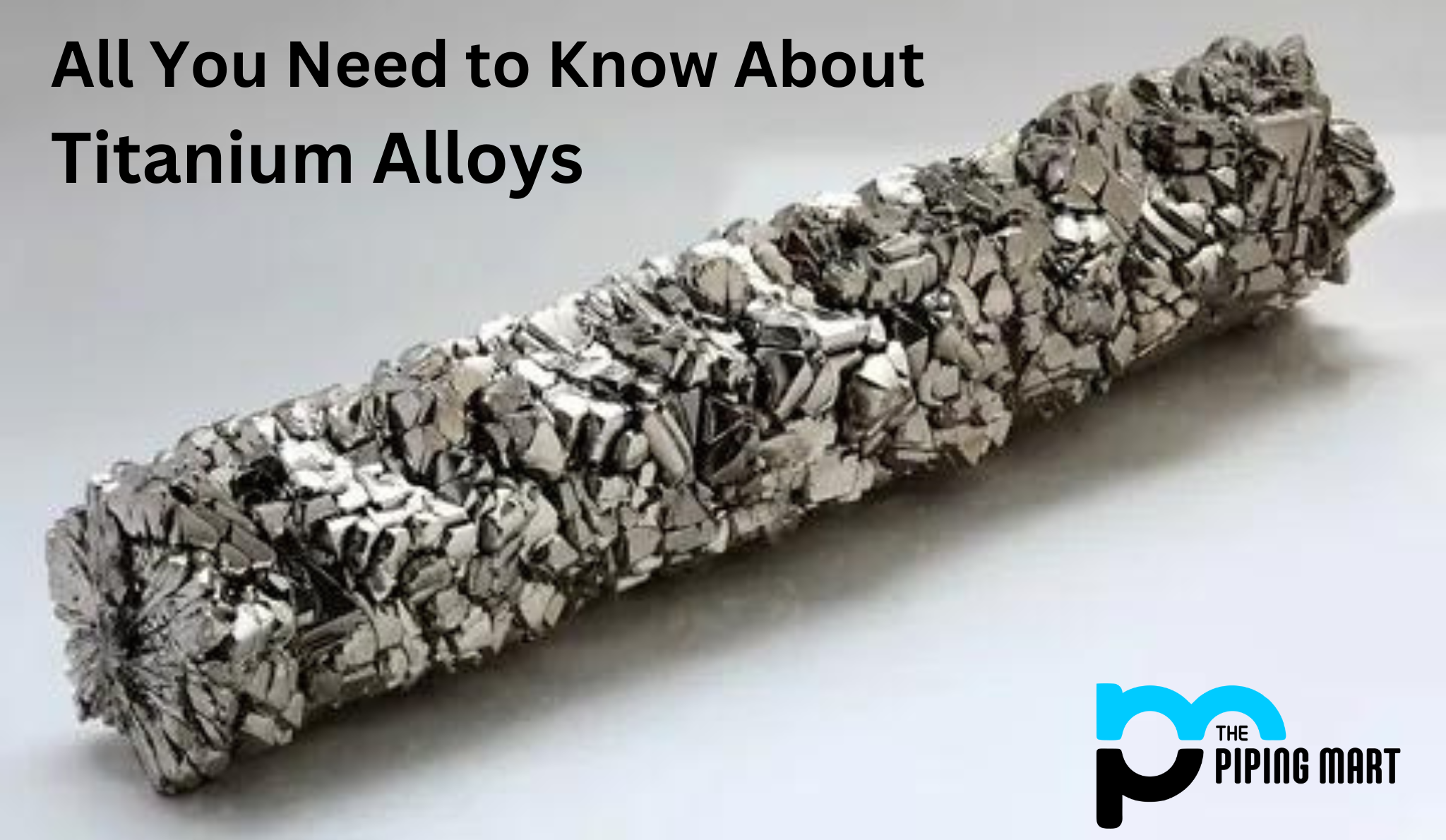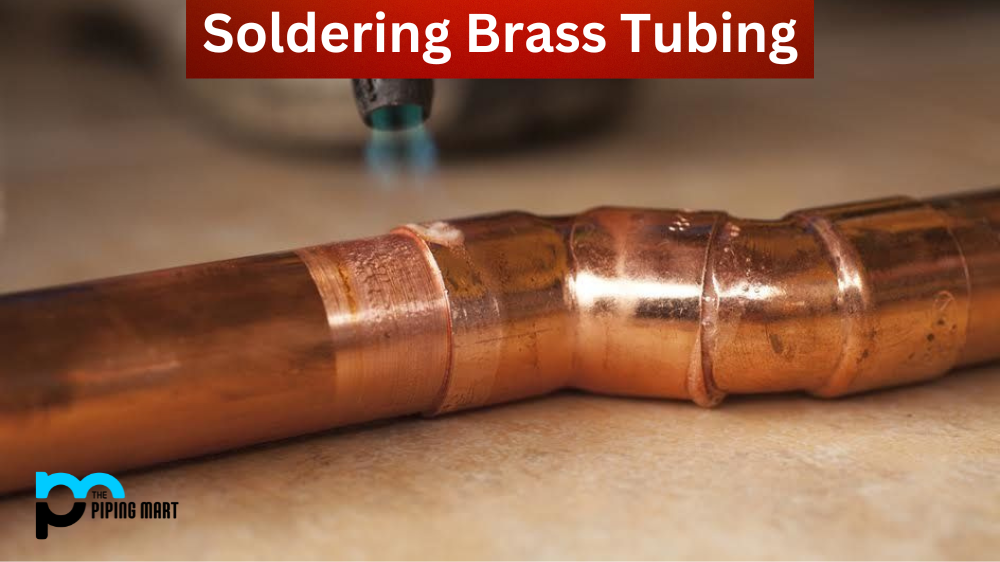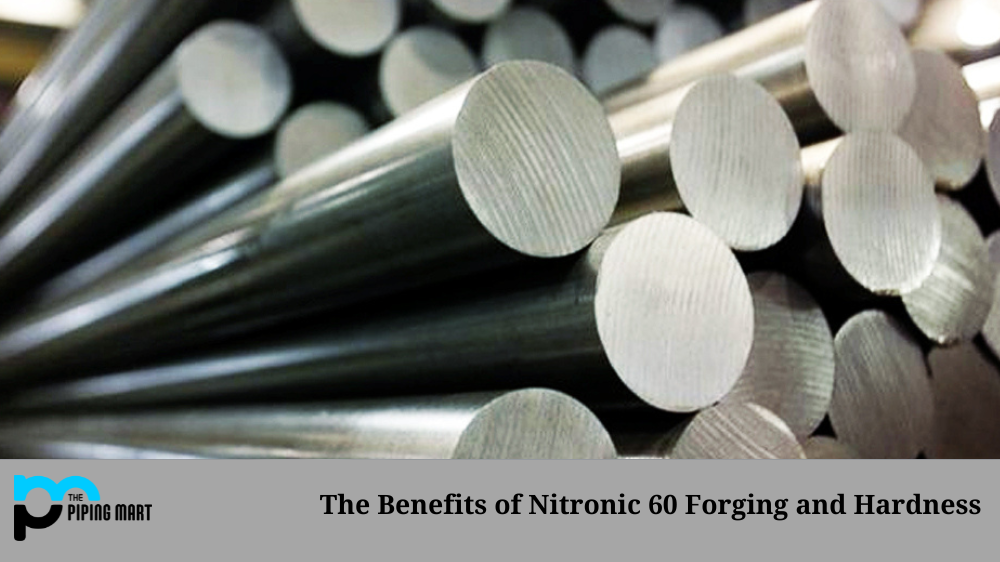Tungsten and tungsten carbide are materials that are often confused due to their similar names. While both materials have properties that make them useful in various applications, there are some key differences regarding performance and cost. Let’s take a closer look at how these materials compare.
Tungsten is a silvery-gray metal extracted from ore in its elemental form. It is strong, dense, resistant to corrosion, and has the highest melting point of any metal—6203 degrees Fahrenheit! This makes it an ideal material for applications where strength and heat resistance are required, such as filaments for lightbulbs or electrodes for welding. Tungsten also has excellent electrical and thermal conductivity, making it a great choice for electrical components like resistors or thermocouples.
However, tungsten can be brittle when used in its pure form, which limits its effectiveness in specific applications. To improve its strength and durability, the alloy tungsten carbide (also known as “carbide”) was developed by combining tungsten with carbon atoms to create a harder material than pure tungsten alone. Carbide is more expensive than pure tungsten because of its increased strength and durability; however, it can still be susceptible to chipping or breaking if not used correctly.
Carbide is now commonly used in industrial settings due to its low friction coefficient (meaning less wear), resistance to wear, high-temperature stability (up to 2000°F!), excellent hardness (approaching diamond hardness!), high strength (due to the addition of carbon atoms), good electrical conductivity (similar to copper!), excellent thermal shock resistance (great for machining!), and chemical inertness (resistant to most acids!). Some common uses include drill bits, saw blades, grinding wheels/tools/machines, engine valves & pistons, cutting tools & dies, molds & punches for injection molding machines…the list goes on!
Conclusion:
Tungsten and tungsten carbide both have advantages in industrial use — tungsten offers excellent electrical conductivity while carbide offers superior hardness — but knowing which material is best suited for your needs will depend on your application requirements. In general, if you need a material that can withstand high temperatures or provide exceptional wear resistance, consider investing in carbide; however, if you require something with great electrical conductivity, tungsten may be the better option. No matter what type of material you decide on, it’s important to remember that tungsten and carbide have unique properties that make them invaluable resources in many industries today!
Meet Heer, a dynamic and driven writer learning tricks of her trade in the metal industry. With a background in Digital Marketing, Heer brings a unique perspective to her writing, sharing valuable insights. Apart from blogging she like reading and hiking.




